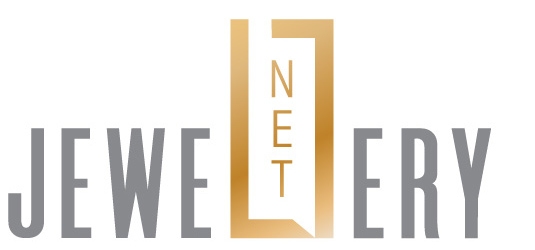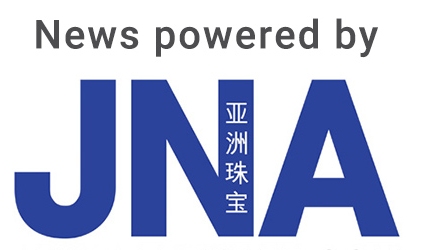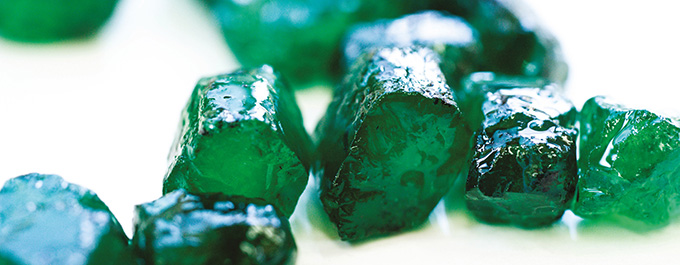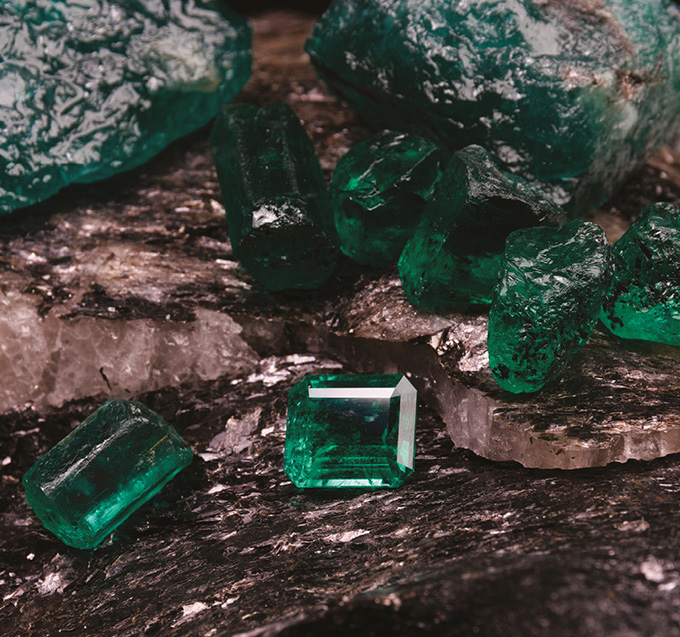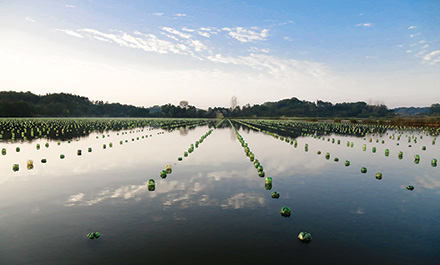Industry leader Belmont Group is banking on Brazilian emeralds’ exceptional qualities to sustain appetite for the prized gem among today’s steadily more perceptive clientele.
This article first appeared in the GEMSWORLD 2025.
The emerald business is poised for further growth in 2025 if the year 2024 is any indication. According to Marcelo Ribeiro, president of Belmont Group, demand for emeralds strengthened in 2024 on the back of growing appreciation for emeralds alongside steady production and more sustainable operations.
This momentum is likely to be sustained throughout the year as market interest in high-quality rare materials continues to gain traction amid economic and political upheavals around the world.
For Belmont, the key to navigating challenges and staying afloat is a strategic focus on quality, sustainability and technological innovation, shared Ribeiro.
Value over volume
One crucial observation in 2024 was a shift in consumer preference for quality rather than quantity. Ribeiro noted that increased production at levels that allow for better-quality stones significantly impacted consumer perception of Brazilian emeralds.
“Improved quality of emeralds is altering how they are viewed globally, boosting their desirability and prices,” he explained. “This not only contributes to growth but also establishes Brazilian emeralds as a strong contender in the luxury market.”
Meanwhile, the focus on sustainability is further gaining ground, with heightened demand for responsibly sourced gems continuing to shape the market. Buyers’ growing penchant for ethically produced and traceable gems is particularly relevant in the Brazilian emerald trade.
The top three markets for Brazilian emeralds are the US, Europe and India. Of these, India is the most promising, thanks to its rapidly expanding economy and increasing demand for luxury goods.
According to Ribeiro, supply chain transparency has become a bigger consideration for consumers in major markets like the US and Europe as they prefer emeralds produced under conditions that promote fair labour practices and minimal environmental impact.
There is also rising demand for unique luxury products amid economic difficulties. He remarked, “A growing class of affluent consumers in emerging markets, notably India, who are looking for gems that represent both status and sophistication is driving demand for high-end, rare and exclusive items.”
Eye on growth
Belmont’s business strategy in 2025 is focused on sustained growth through innovation and responsible mining practices.
There will be ongoing investments in mining technology to ensure stable production as well as maintain efficiency. Advanced technology will also help maximise the yield and quality of Belmont’s emeralds and further strengthen the miner’s market position.
The company is likewise seeing a noticeable shift in preference for coloured gemstones on account of uncertainties in the diamond market. Several jewellers are gravitating towards coloured gems, particularly emeralds, as a more compelling alternative.
Jewellery brands recognise that incorporating coloured gems like emeralds into their collections can enhance the perceived value and rarity of their pieces, noted Ribeiro, adding that emeralds add a sense of exclusivity that appeals to consumers opting for more personal and less mainstream items.
The gemstone trade is inevitably influenced by broader economic conditions such as inflation, investment trends and consumer spending. Historically, a global economic slowdown can lead to reduced demand for luxury goods.
“However, we are optimistic about the future, particularly with interest rate reductions in the US as lower interest rates could stimulate global investment and economic growth and likely drive demand for commodities, including gemstones,” explained Ribeiro. “This could present significant opportunities for Brazilian emeralds since the global appetite for top-quality materials could only grow alongside an uptick in economic activity.”
